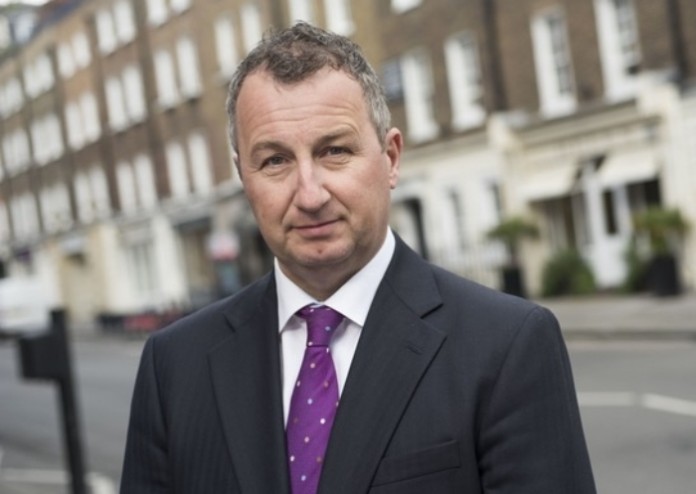Escalating business rates are continuing to put pressure on high end West End Retail according to the latest figures from Colliers International, the global property agency and consultancy, and are now even impacting on the most exclusive brands. Retailers are about to find that new bills for the year dropping on their doormats will show the third set of rises since the 2017 Revaluation, putting the bills for many to more than double what they were three years ago. Such bills will need to be paid from April 1st.
Colliers has analysed the business rates rises of shops in the prime West End, encapsulated by glitzy Old Bond Street, home to names such as Dolce & Gabbana, Alexander McQueen and MaxMara, and New Bond Street, home to Burberry, Dior, Hermes, Louis Vuitton. Colliers has found that shops on these two streets alone will this year be paying a business rates bill of over £90 million, nearly £50 million higher than in 2016/7 (total bill of £40.352 Million) before the 2017 Revaluation. New Bond Street alone is contributing £65.580 million to the rates bill – more than double what it contributed three years ago.
The hike has come about because those with high value properties in England (£100,000 Rateable Value), which constitutes a large part of prime West End are affected by ‘upwards phasing’ in their bills and will this year see their rises “capped at 49% plus inflation”. In other words, many shops in these areas of central London retail will have rates bills for 2019/20 which are 50% bigger than in 2018/9 – a massive rise in one year alone. This is on top of 42% increases (plus inflation) in 2017/18 and 32% (plus inflation) in 2018/19 – a combined increase in two years of a staggering 124% plus inflation.
Colliers looked at the business rates bills of the 123 shops in New and Old Bond Street to compare the average rates bills in 2016/7 with the average rates bills they are facing now. On average each retail outlet is paying more than twice what they did before the Revaluation, three years ago.
The picture becomes clearer when you look at particular stores. In Old Bond Street, for example, DeBeers, will have seen its rates bills rise from £584,000 in 2016/7 to £1.509m this coming year, a rise of 158% since the Revaluation.
Designer brands seem particularly hard hit. On Old Bond Street: Moncler, Dolce & Gabbana, Alexander McQueen, MaxMara also saw massive RV rises from the Revaluation and bills have soared. D&G for example had a rates bill of £620,400 in 2016/17. This year the bill will be £1.42 million. Similarly, Max Mara’s bill will have grown from £765,160 in 2016/17 to an eye-watering £1.75 million a year in the coming year.
On New Bond Street, the picture is the same. Burberry’s business rates bill was £935,770 before the Revaluation. It will now be £2.662 million, this year – a 185% increase. Or Dior whose £1.106 million bill (2016/17) is now £2.767 million, a rise of over 150%
According to Colliers it would be no surprise if retailers in certain of these prime Central London areas started to show the strain.
John Webber, Head of Business Rates at Colliers International said, “Clearly London is and will remain a major location for high end fashion and will continue to lead the catwalk world. But it would be unrealistic to presume that even the top brands will be totally immune from such massive increases to their property costs. The assumption that we can carry on hitting such businesses for six, however successful they are, and that this won’t have any impact is naive, particularly as the Brexit uncertainty continues and consumer spending is reined back.”
“Let’s hope this isn’t another example of the Government overcooking the golden goose. It’s really important we support our top fashion industry given the taxes it raises, jobs it provides and tourism it provides to London. We need to reform our punitive business rates system- and we need to do it now.






















